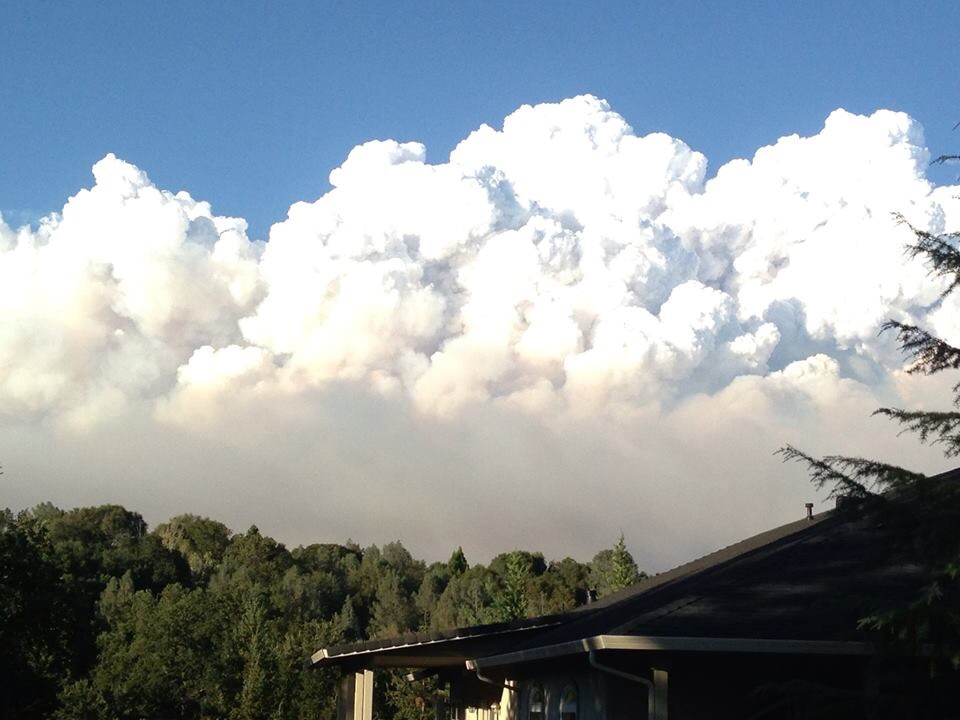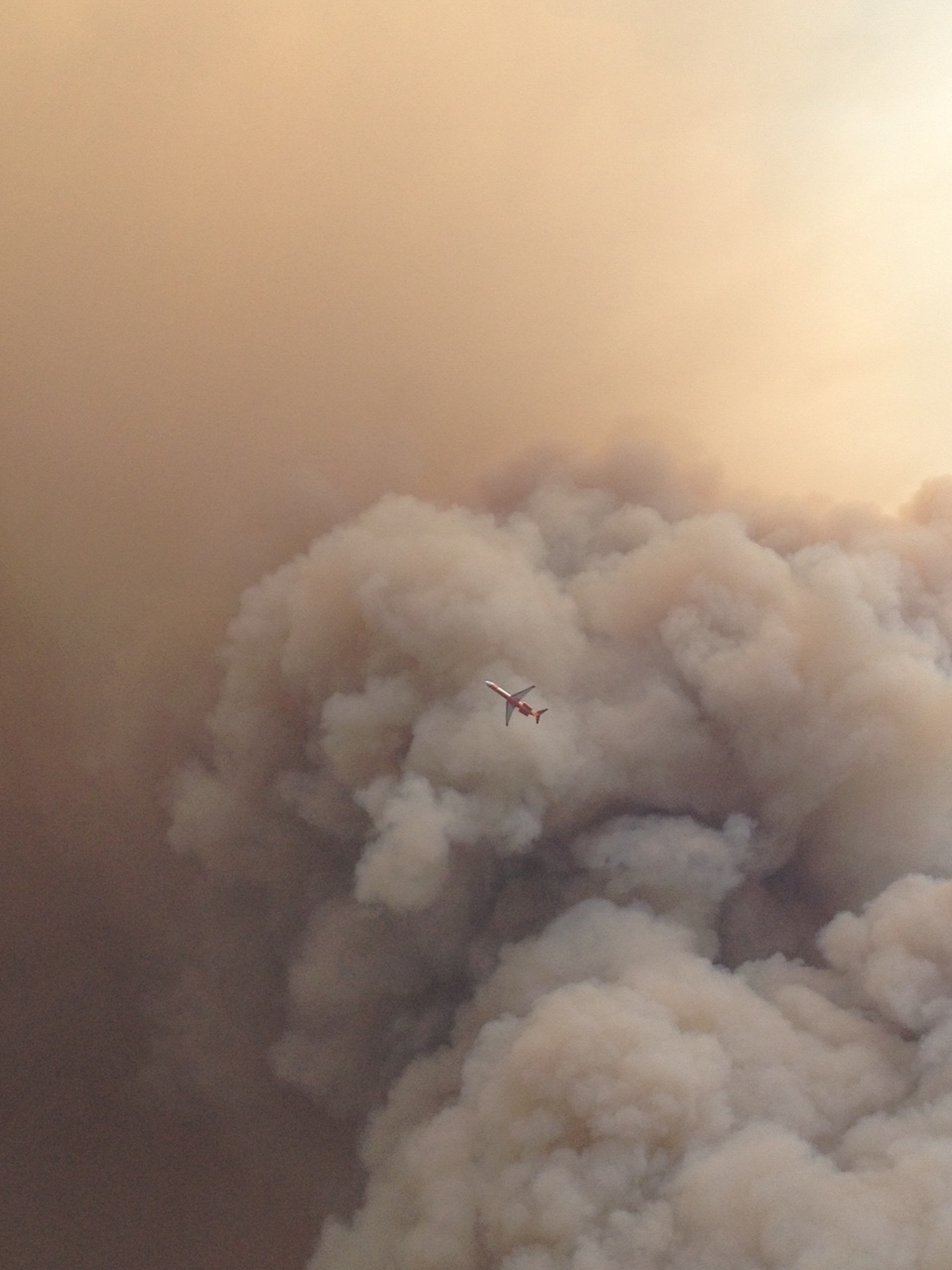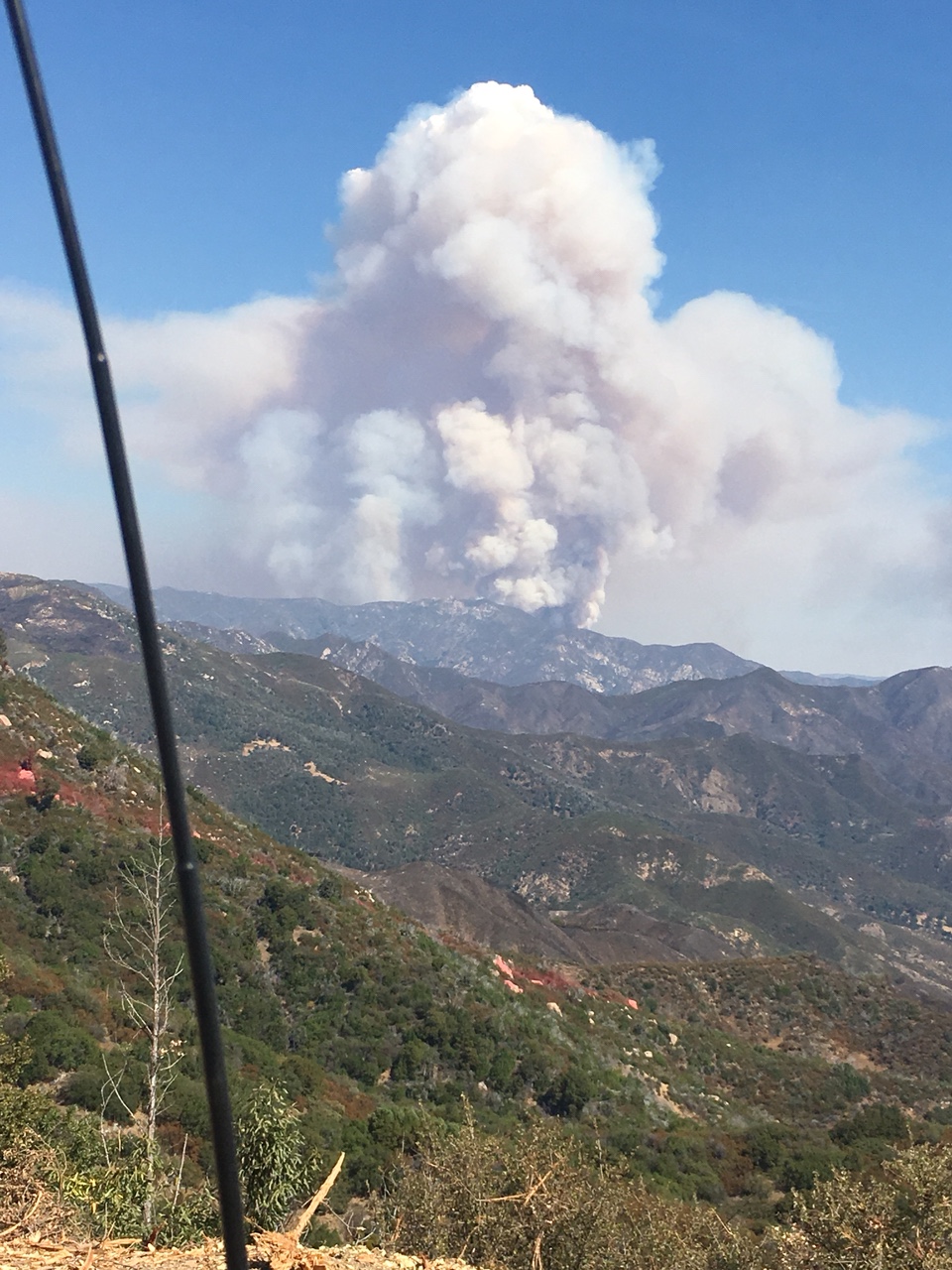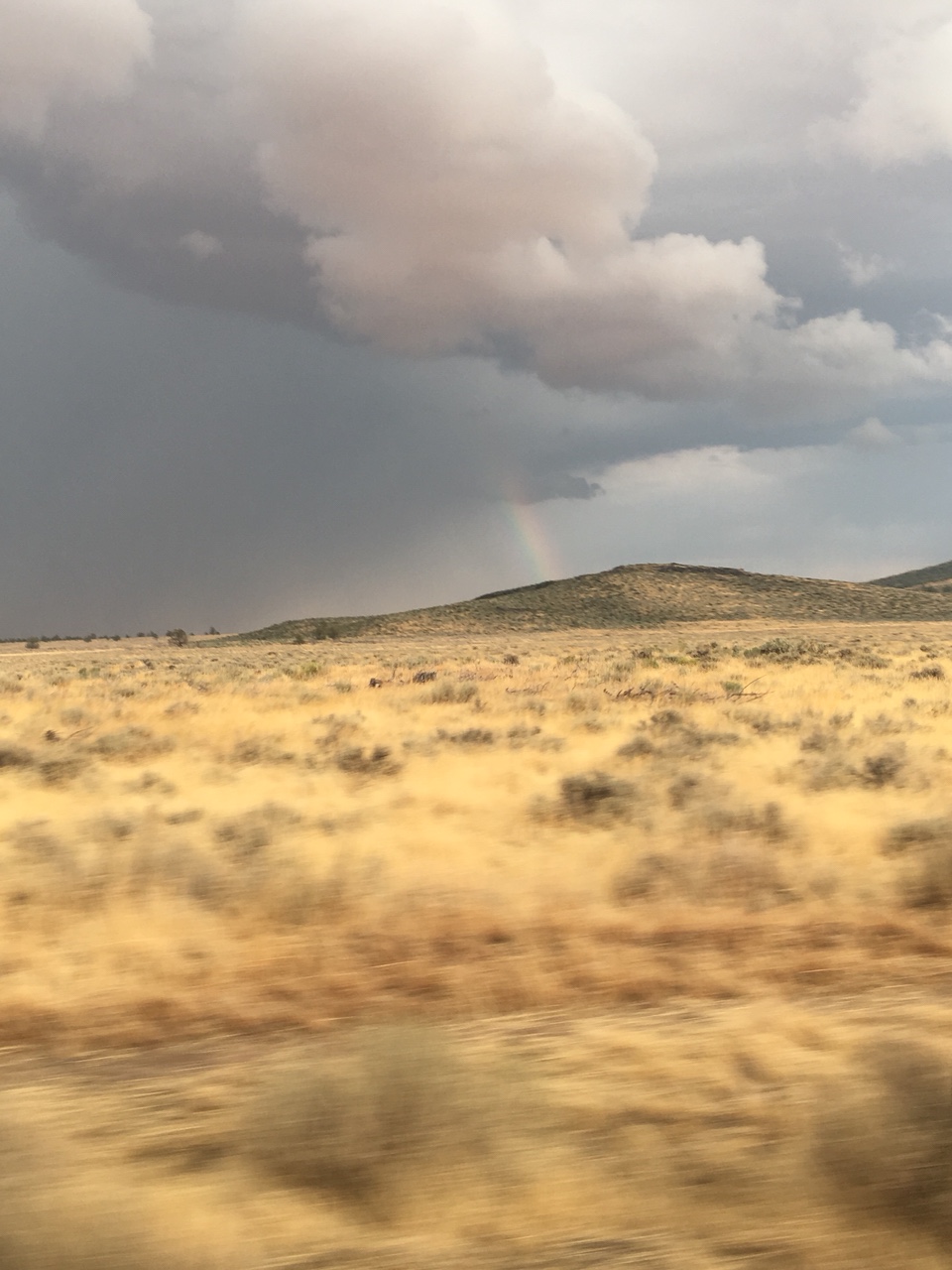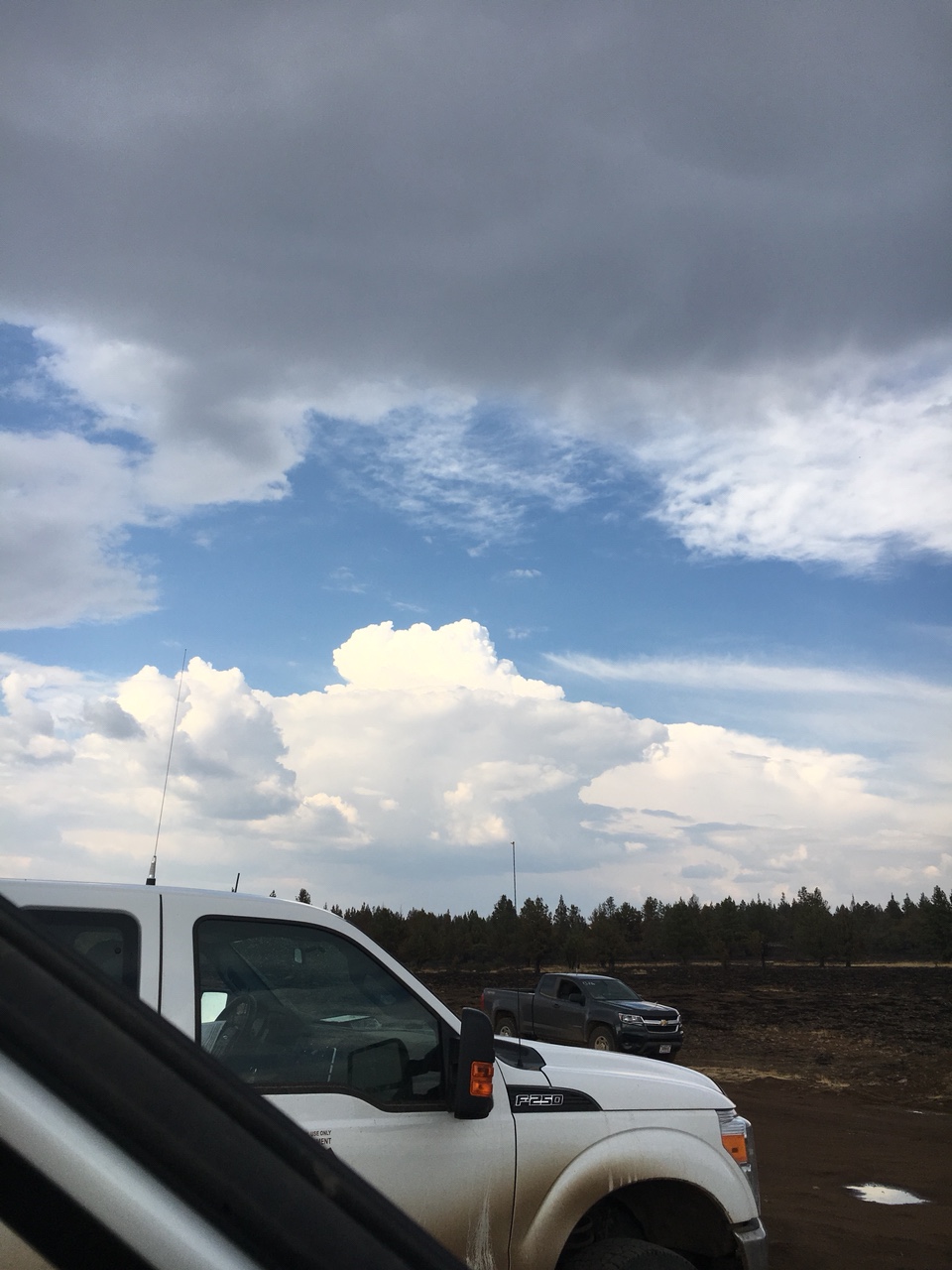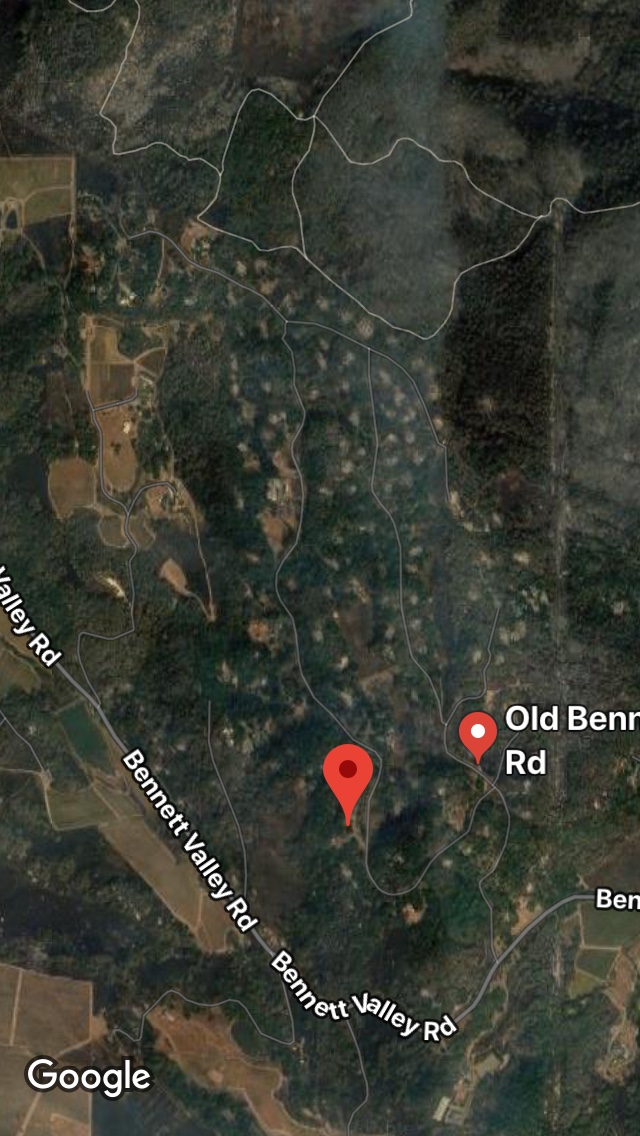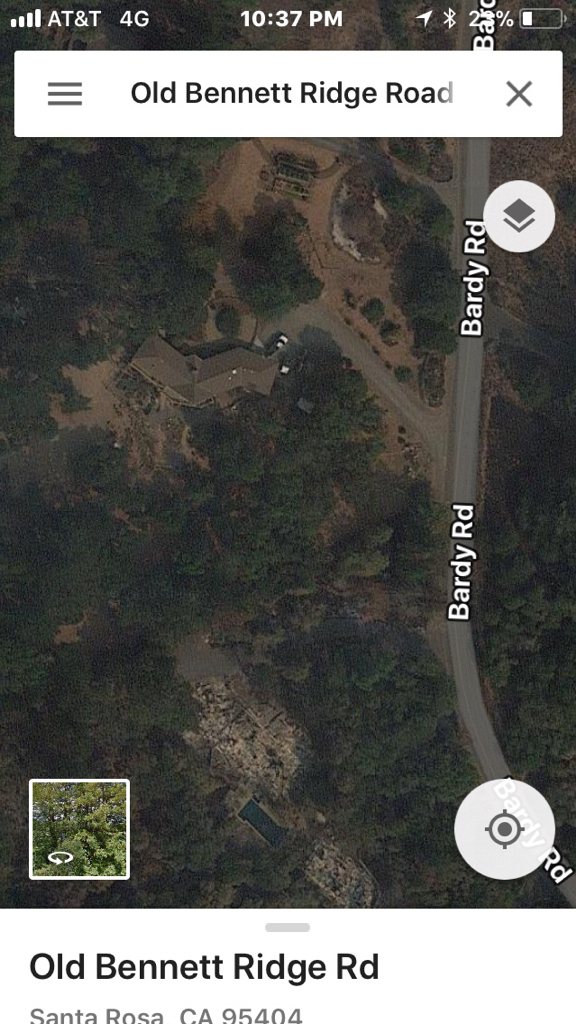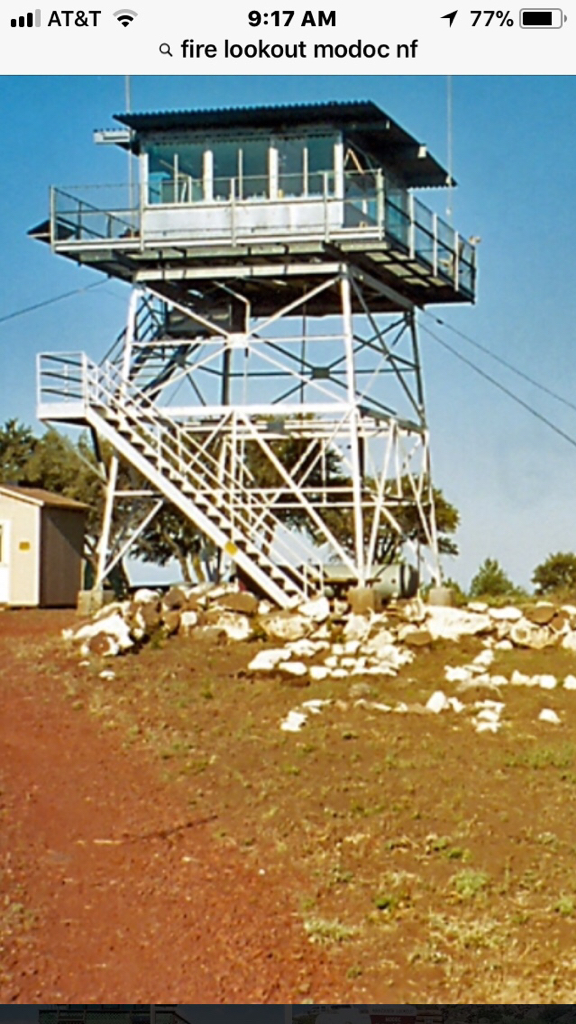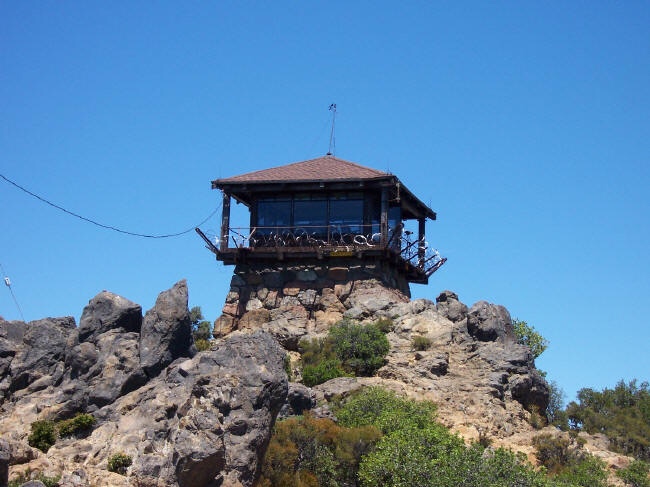Smoke color? I get black grey white, but have no idea what they mean on a forest fire. House fires, black is generally plastics or other chemicals Grey sort of mostly wood, white generally its burning out or is getting water on it.
I've only been near a few Forest fires, and don't remember or didn't pay enough attention to the details, as well ders a whole lotta **** going down at once.
Here's a very, very general guideline. Local fuels knowledge is key here. EX: here in the south Puget Sound region, all smoke colors are possible when Scot's broom is the primary fuel, but taller broom usually results in darker smoke as the leaves burn without consuming the stems. Smaller plants most often burn more completely than larger ones, resulting in lighter smoke. Other fuels can be expected to behave differently, and local experts will be clued in to these changes in behavior.
Brown smoke: incomplete combustion, fire is moving fast and not burning everything. Lots of reflash potential, mopup problems are expected.
White smoke: lots of water, mostly steam, fire is taking a lot of energy in boiling water to make fuel available. Reflash potential is reduced, but expect more complete combustion resulting in more damage.
Light grey smoke: more complete combustion, burning hot and slow, expect less surface mopup problems but more subsurface ones. This is where you see root damage and trees burning out and falling over most often.
Black smoke: very incomplete combustion, tires or plastics as notes above. Usually doesn't last very long.
Watch the smoke column and note its changes. "Puffing" often signals a change in fuel type or condition and a change in color or density of smoke will follow. Watch the top of the column and see whether it's flat or round -- round indicates unstable air and higher fire activity. Flat indicates the opposite. There's plenty more, I'm sure I'm forgetting or messing up lots.







